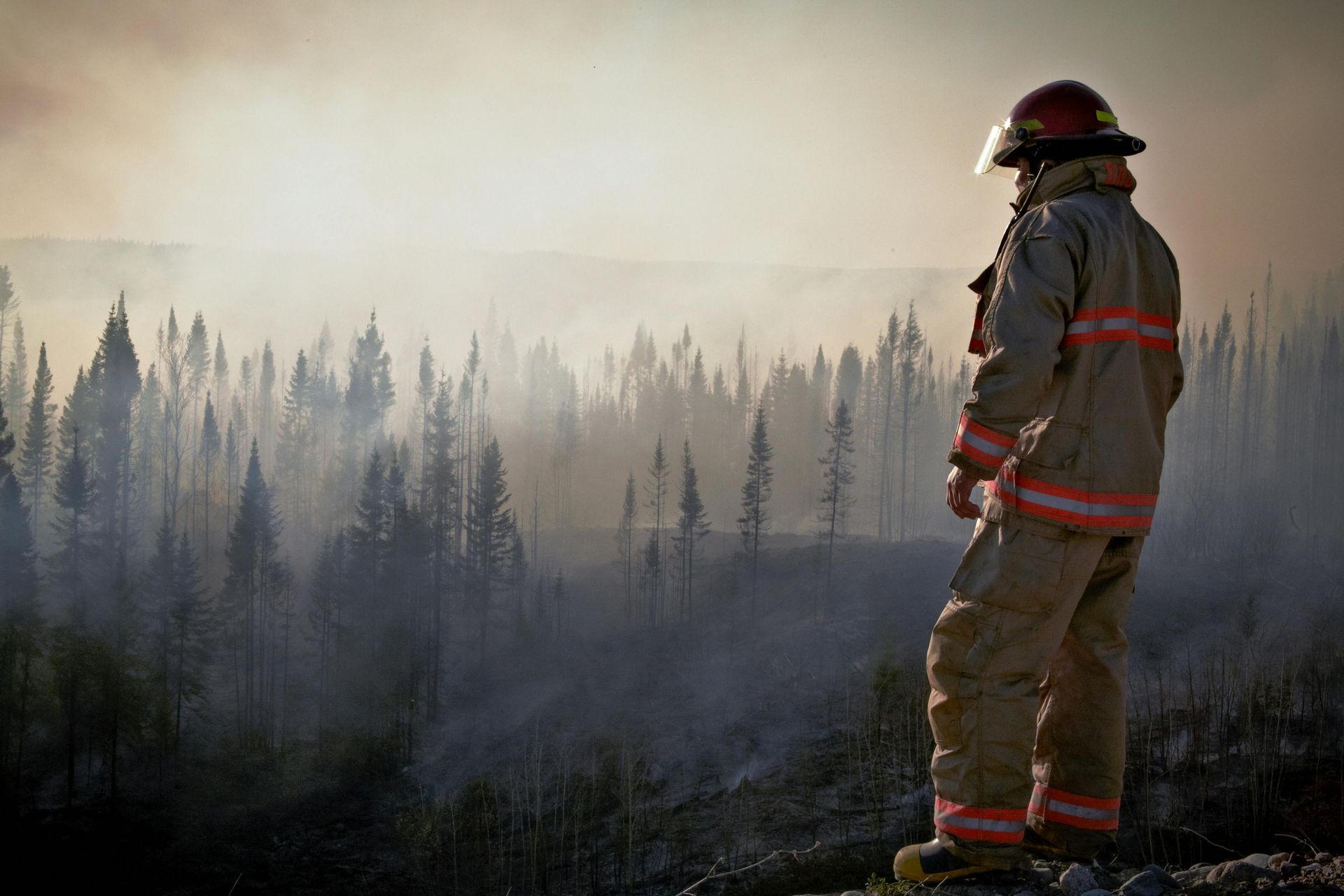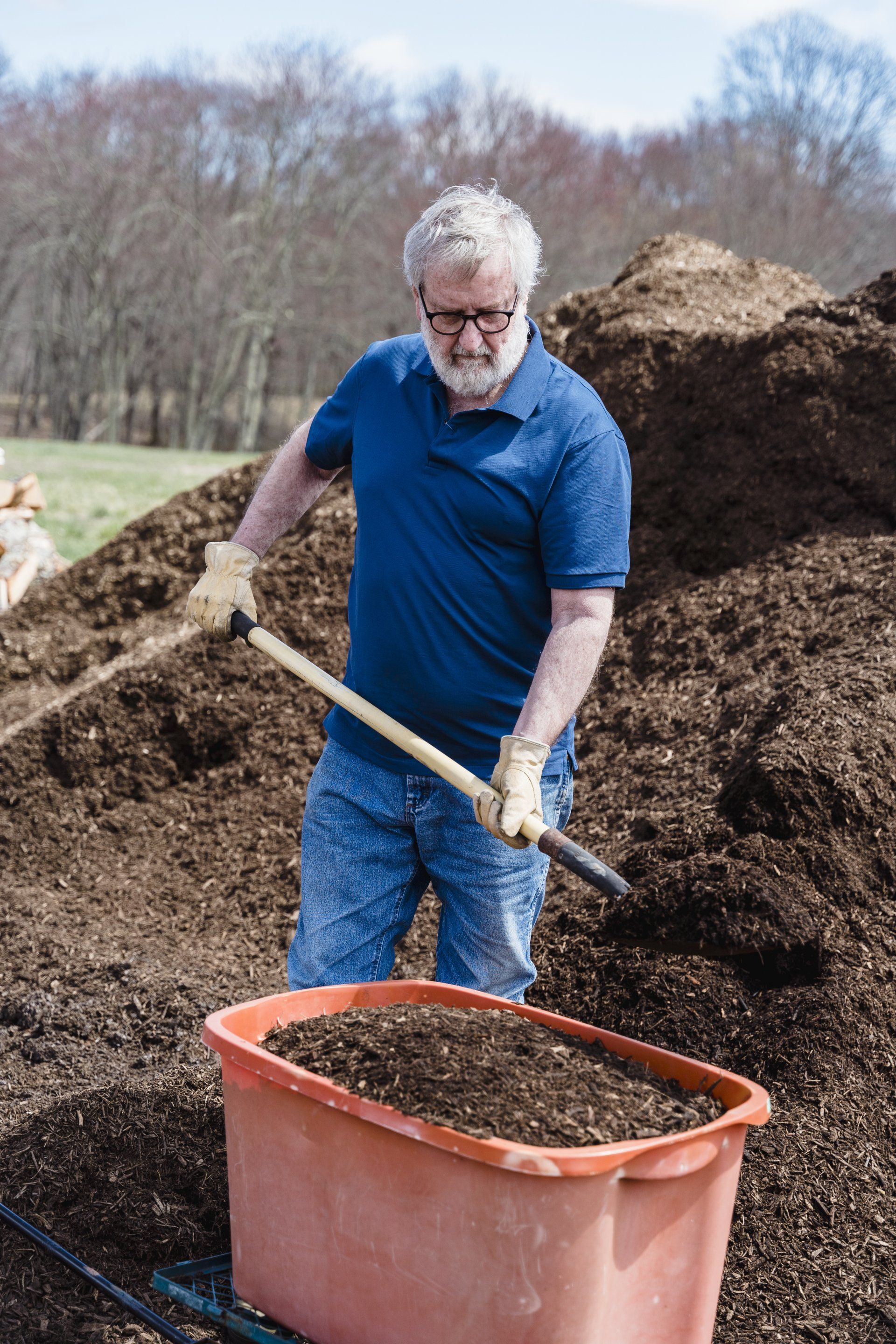How Ash from Wildfires Affects Soil and Water
What Growers Should Watch For

Wildfires are an increasing concern in many agricultural regions, and while the immediate damage to crops and landscapes is evident, the lingering effects of ash on soil and water quality are often overlooked. For growers, understanding how ash influences soil chemistry and plant health is essential to making informed management decisions.
How Ash Affects Soil
Ash is primarily composed of fine mineral particles, charred organic matter, and residual elements from burned vegetation and structures. While it can initially provide a temporary nutrient boost, the long-term impact on soil health depends on several factors, including the fire’s intensity, the composition of burned materials, and post-fire weather conditions.
1. Changes in Soil pH
Wildfire ash is often alkaline, meaning it can increase soil pH when deposited in large amounts. For crops that thrive in slightly acidic to neutral conditions, such as fruit trees, vegetables, and grains, this shift can reduce nutrient availability. It’s important to conduct a soil pH test after significant ash exposure to determine if corrective measures, such as elemental sulfur or acidifying fertilizers, are needed.
2. Nutrient Imbalances
Ash contains various nutrients, including calcium, potassium, magnesium, and phosphorus. While these can be beneficial in moderation, high concentrations may disrupt the balance of essential nutrients. Excessive potassium, for example, can interfere with calcium and magnesium uptake, leading to deficiencies that weaken plant structures and reduce yields.
3. Heavy Metal Contamination
If buildings, vehicles, or treated wood burned in the fire, the resulting ash may contain toxic heavy metals such as lead, cadmium, arsenic, and mercury. These contaminants can persist in the soil and accumulate in plant tissues, posing a risk to human and animal health. Heavy metal testing is recommended for growers near wildfire-affected areas to assess soil safety before planting food crops.
4. Water Repellency (Hydrophobicity)
Severe wildfires can cause hydrophobic soil conditions, where organic compounds in ash create a water-resistant layer on the soil surface. This can lead to increased runoff, erosion, and poor water infiltration, making it difficult for crops to establish roots and access moisture. Aerating the soil, adding organic matter, and using soil wetting agents can help restore water retention capacity.
How Ash Affects Water Quality
Ash that washes into water sources can alter water pH, increase sedimentation, and introduce contaminants. For farmers relying on well water or surface irrigation, monitoring water quality after wildfires is crucial.
1. Elevated TDS and Alkalinity
Ash dissolves in water, raising Total Dissolved Solids (TDS) and increasing alkalinity. High TDS levels can contribute to soil salinity issues, reducing plant water uptake and stressing crops. Regular water testing helps ensure salinity levels remain within safe limits.
2. Presence of Heavy Metals
If ash contains heavy metals, they can leach into groundwater or surface water, creating long-term contamination risks. Growers using well water should conduct periodic heavy metal testing to ensure it remains safe for irrigation and livestock.
3. Increased Sediment Load
Ash-laden runoff can carry fine particles into reservoirs and irrigation channels, leading to clogging of drip irrigation systems and reducing water quality. Filtration and sediment control measures can help mitigate these issues.
Steps Growers Can Take
- Conduct Soil Testing – A Plant Natural Soil Test can assess pH, nutrient balance, and potential contamination from ash deposits.
- Test for Heavy Metals – Particularly important in areas where structures burned, as toxic elements may have been released.
- Monitor Water Quality – Regular testing ensures irrigation water remains safe for crops and livestock.
- Manage Soil pH and Nutrients – Apply amendments as needed to maintain optimal soil conditions for plant growth.
- Prevent Erosion and Water Runoff – Using cover crops, organic mulches, or erosion control measures can help retain soil structure and prevent nutrient loss.
- Flush Irrigation Systems – If using surface water or well water affected by ash, check and clean filtration systems regularly.
Conclusion
While wildfire ash can have both positive and negative effects on soil and water, proactive testing and management are key to mitigating risks. By staying informed and taking early action, growers can protect their land and ensure continued agricultural productivity.
For those concerned about ash impacts on their farm, TPS Lab offers comprehensive soil and water testing services to help identify and address potential issues. Contact us today to learn more about how we can support your soil health and crop success!



